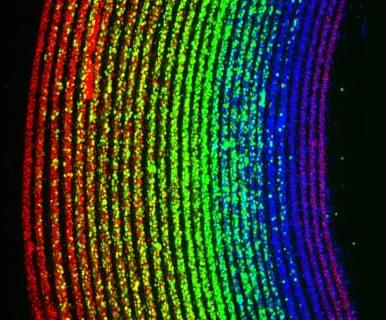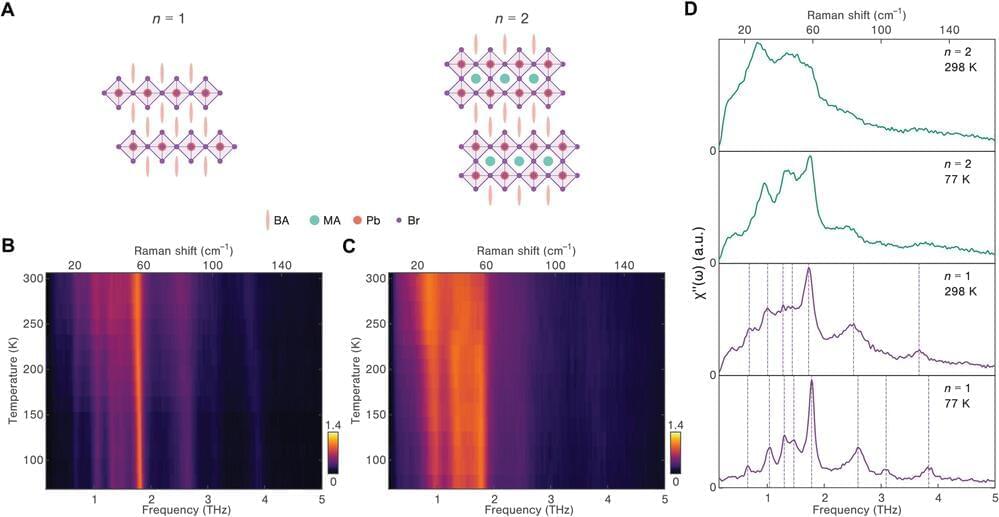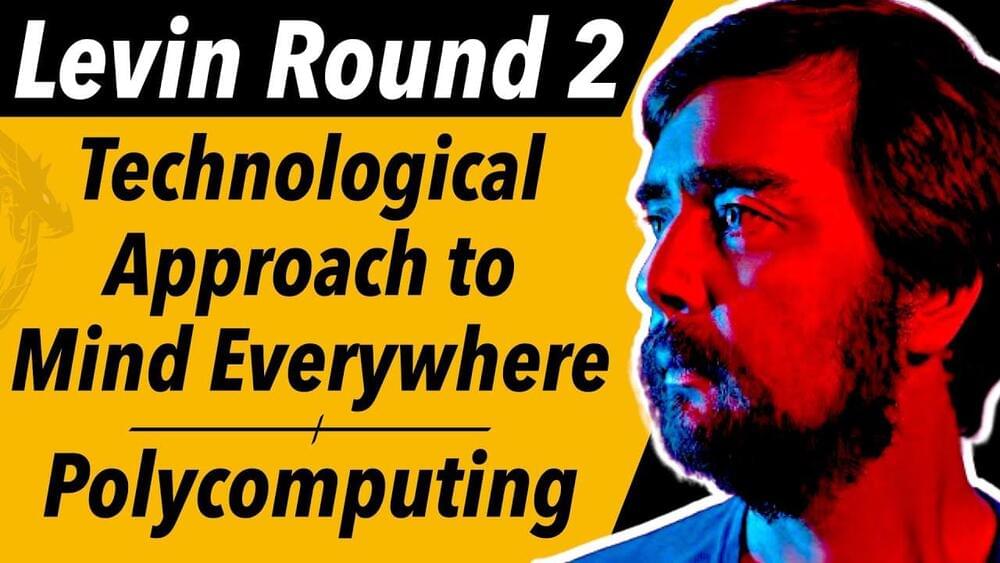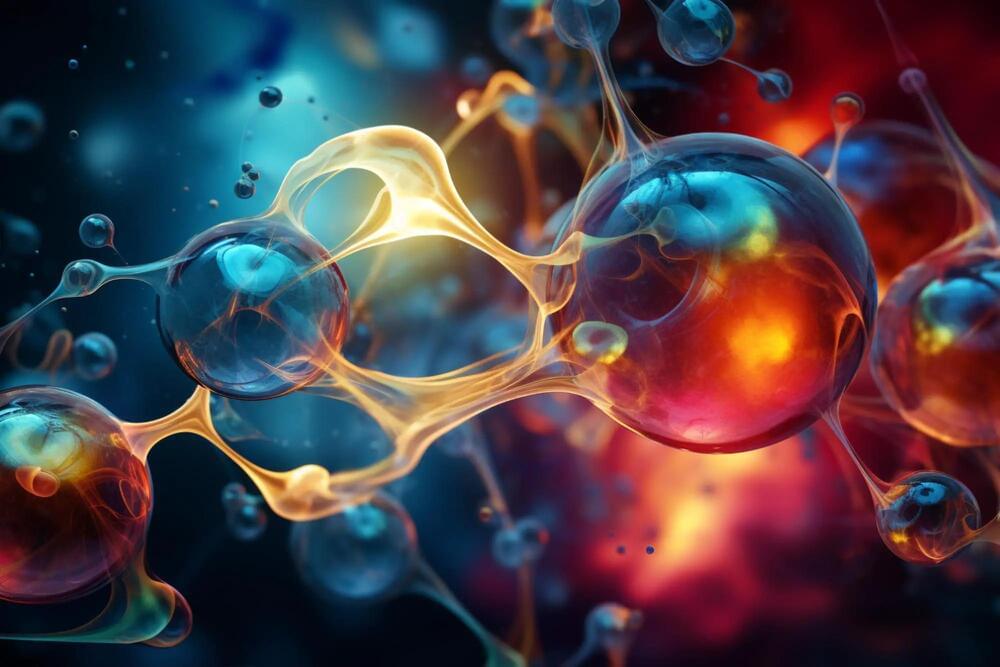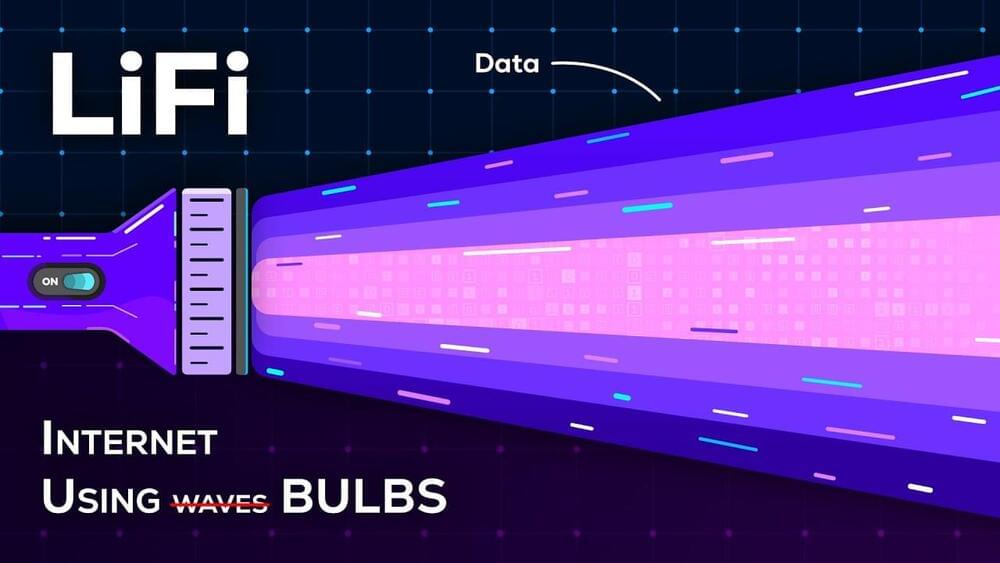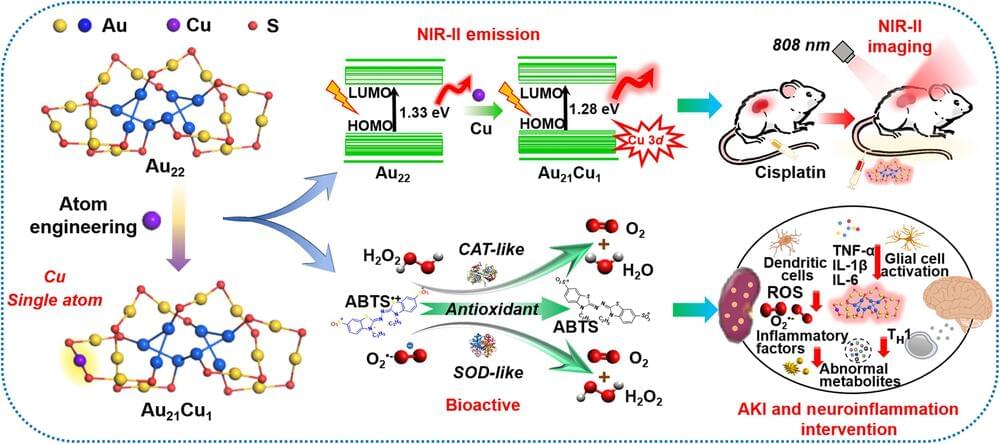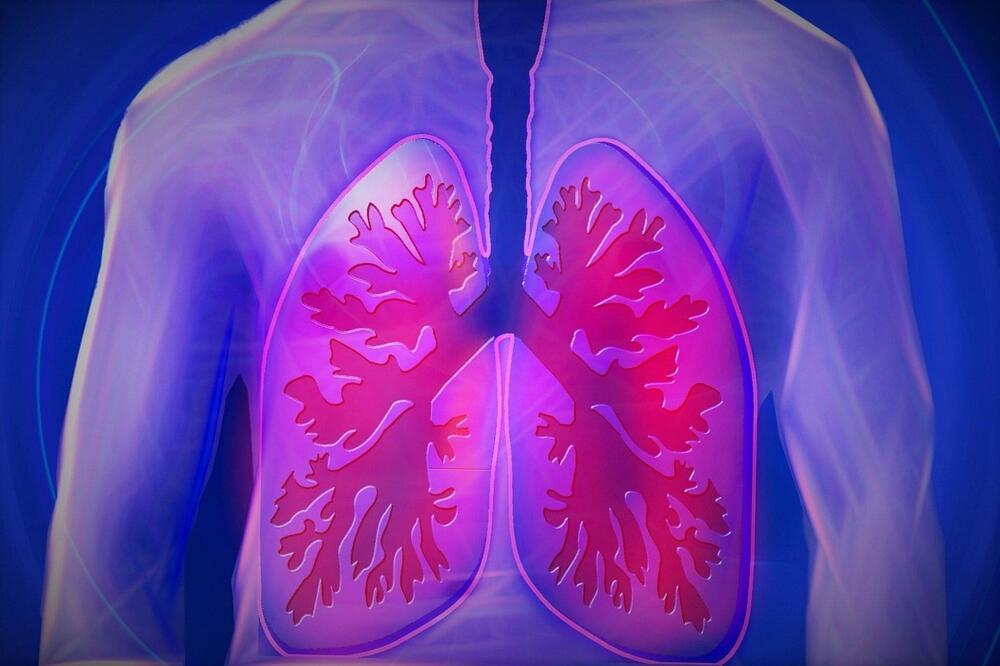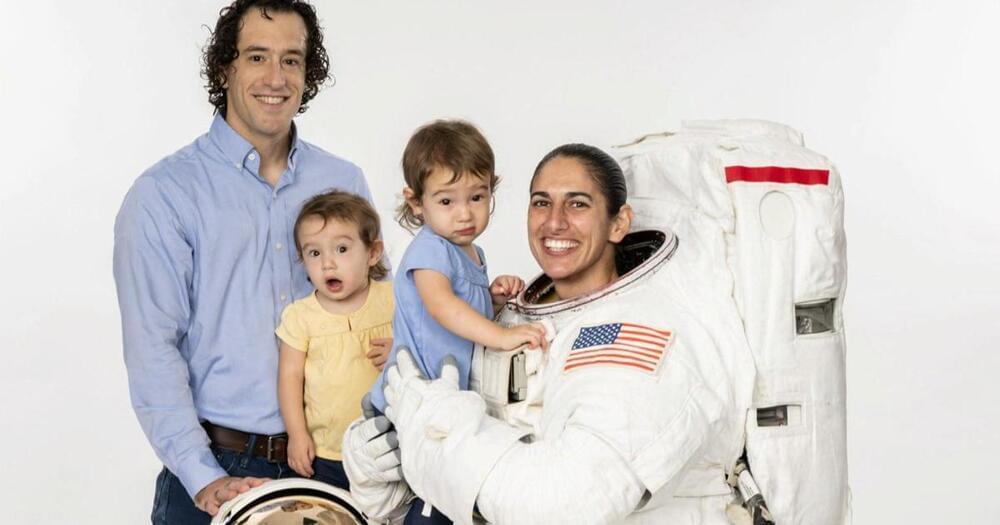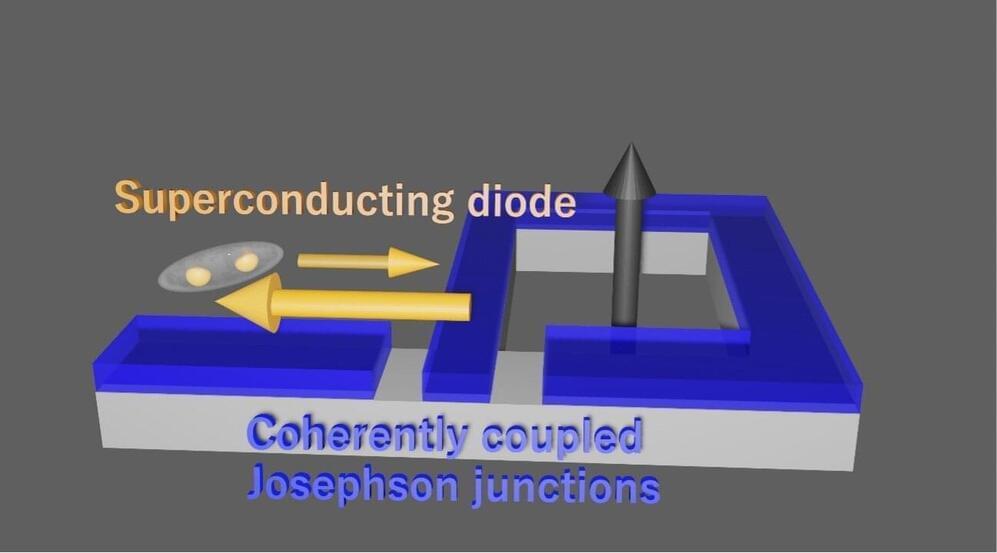Sep 5, 2023
Deep dive: How Koenigsegg reinvented the manual transmission for the CC850
Posted by Omuterema Akhahenda in categories: engineering, transportation
The Koenigsegg CC850 that debuted during August’s 2022 Monterey Car Week is a re-imagination of the Swedish firm’s first production car, and one of the highlights is a transmission like no other.
The CC850 uses a version of the 9-speed Light Speed Transmission from the Koenigsegg Jesko, but with a new Engage Shifter System (ESS) that makes the automatic transmission transform into a 6-speed manual (it still maintains the full automatic mode with nine gears, though). This Engineering Explained video provides a deep dive into Koenigsegg’s reinvented manual.
Koenigsegg’s latest hypercar features an automatic transmission that can transform into a manual complete with a clutch pedal.
Continue reading “Deep dive: How Koenigsegg reinvented the manual transmission for the CC850” »

